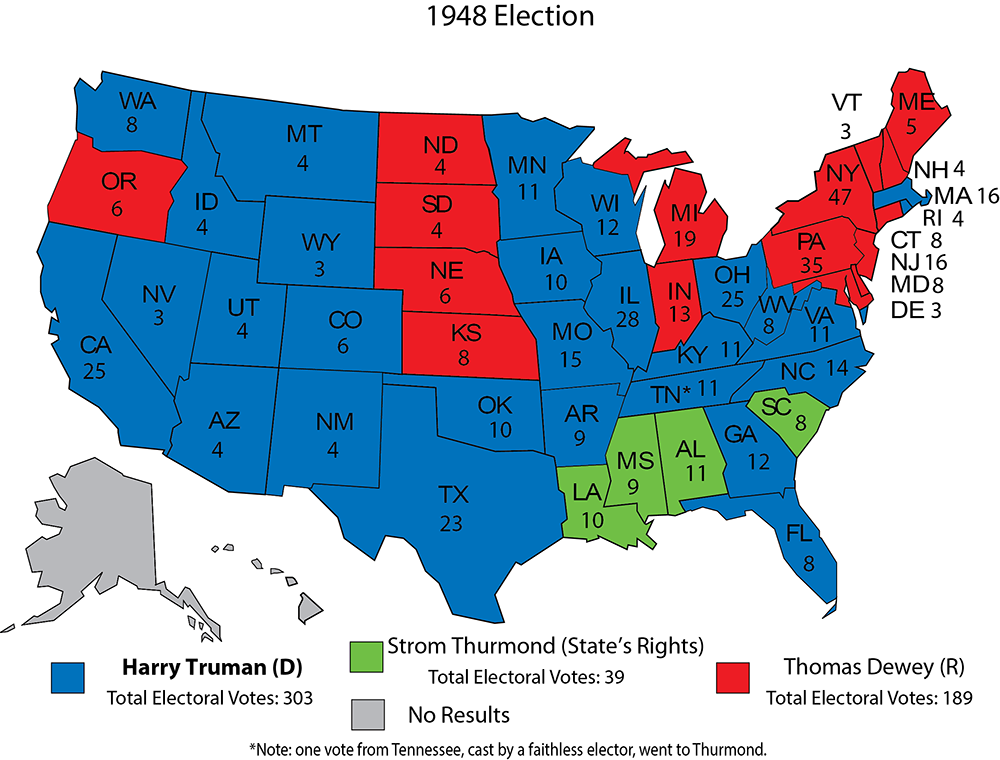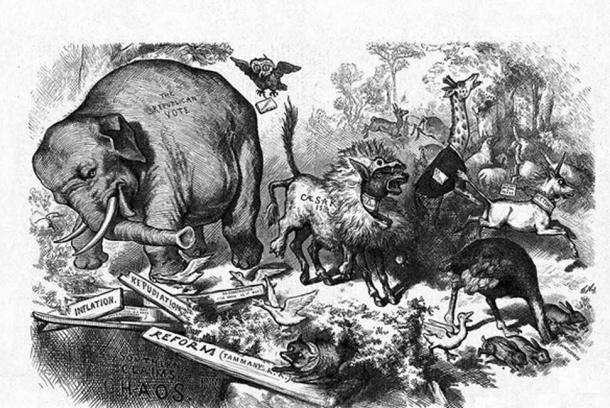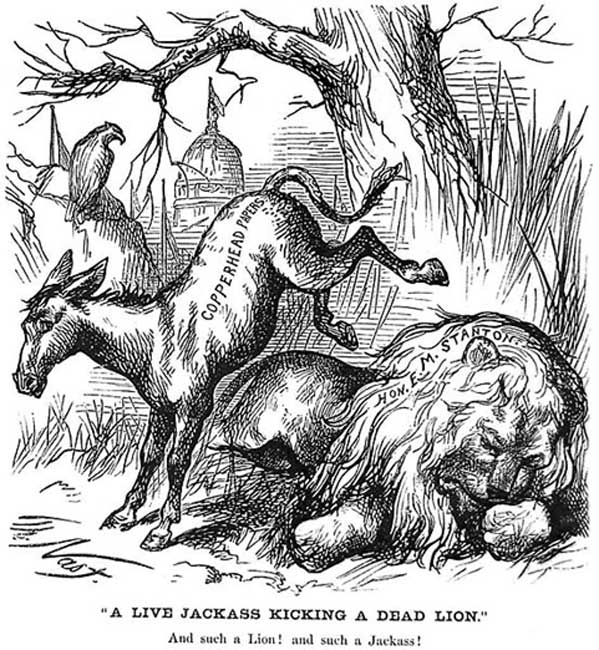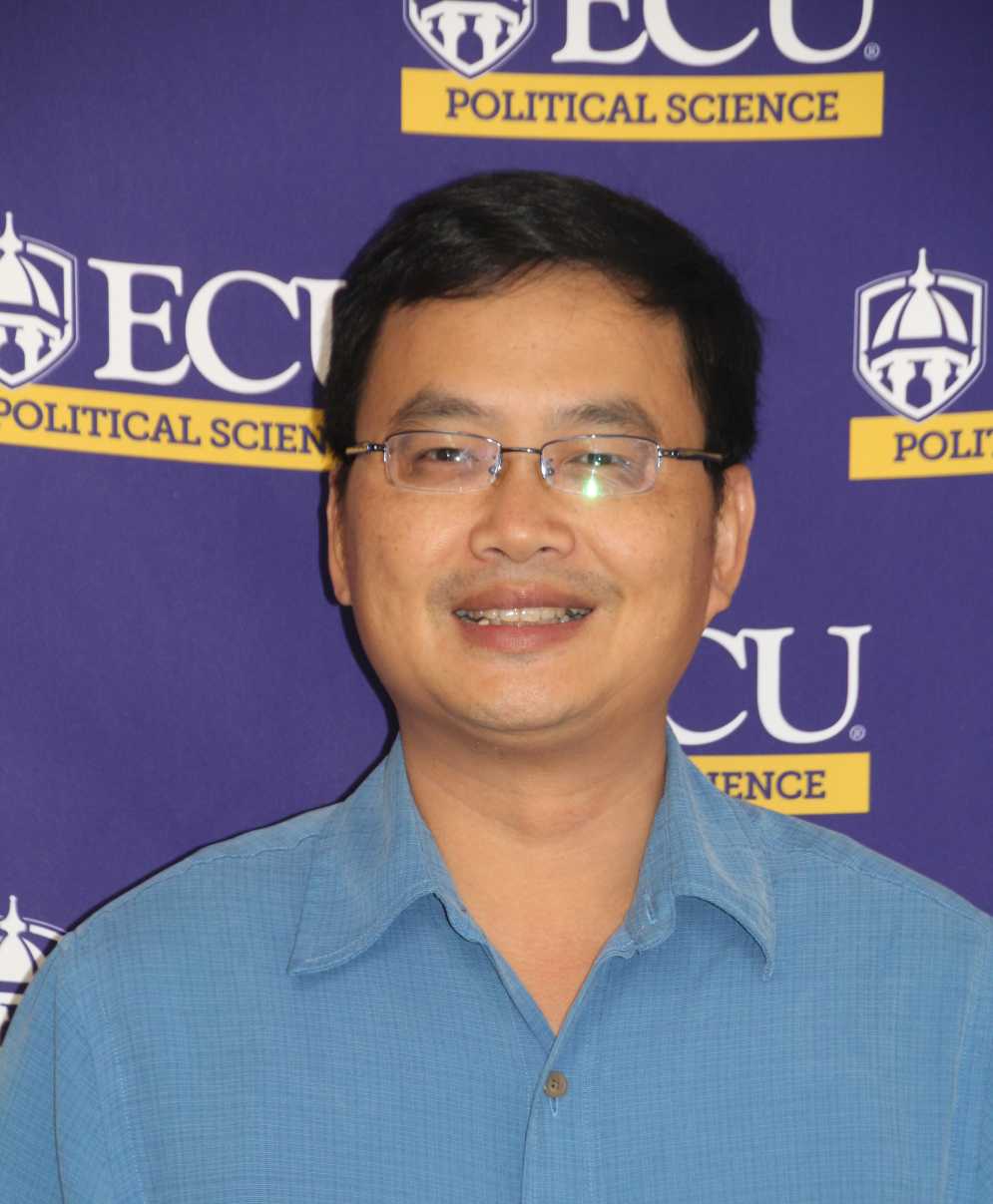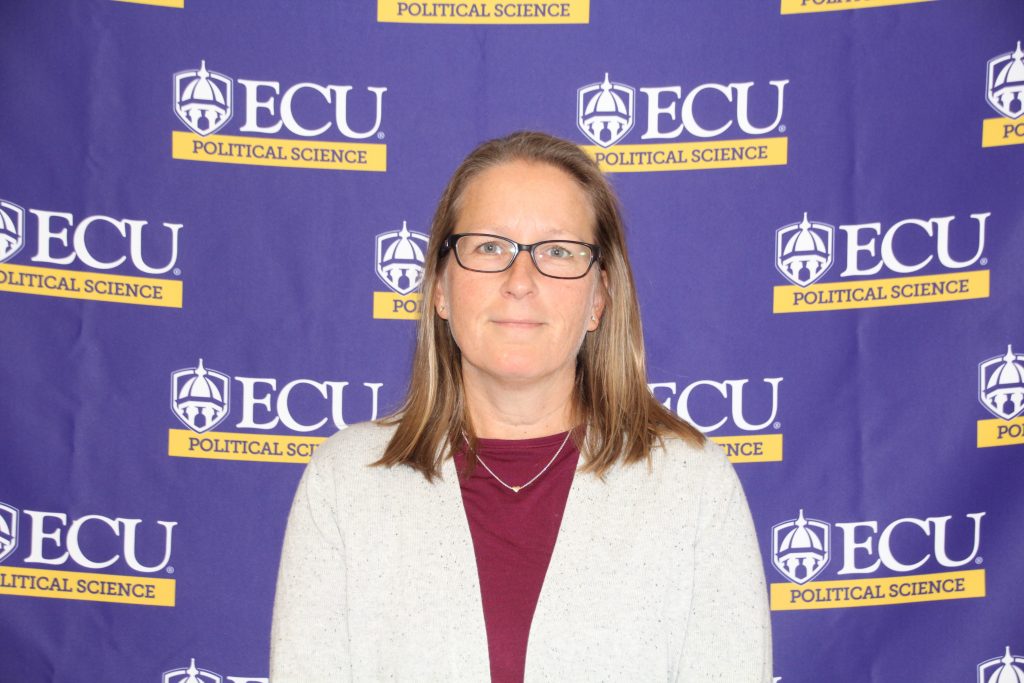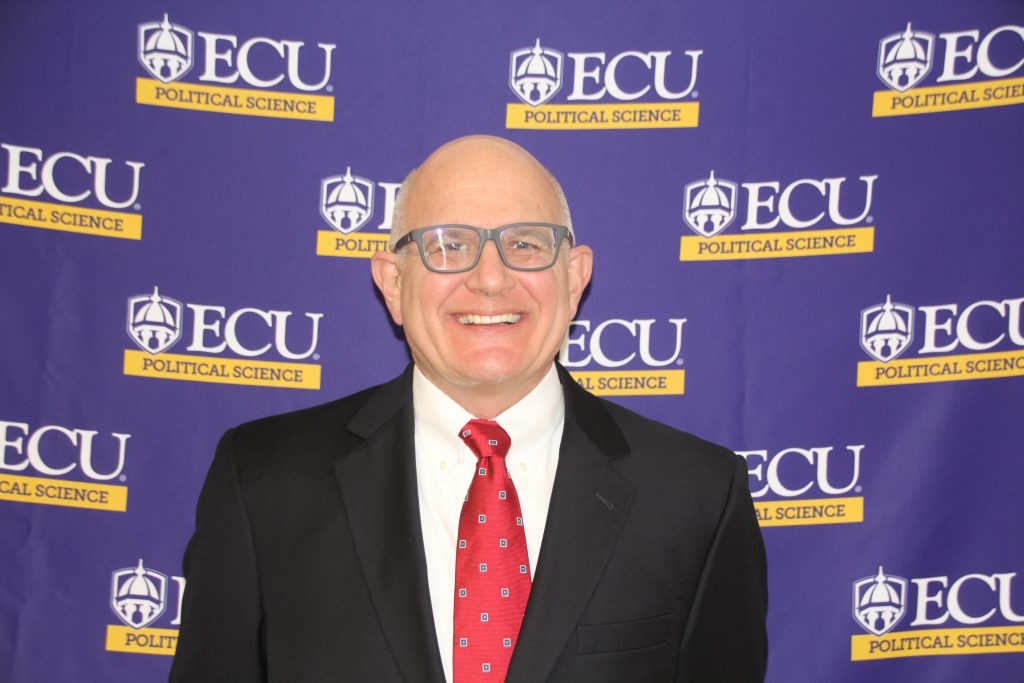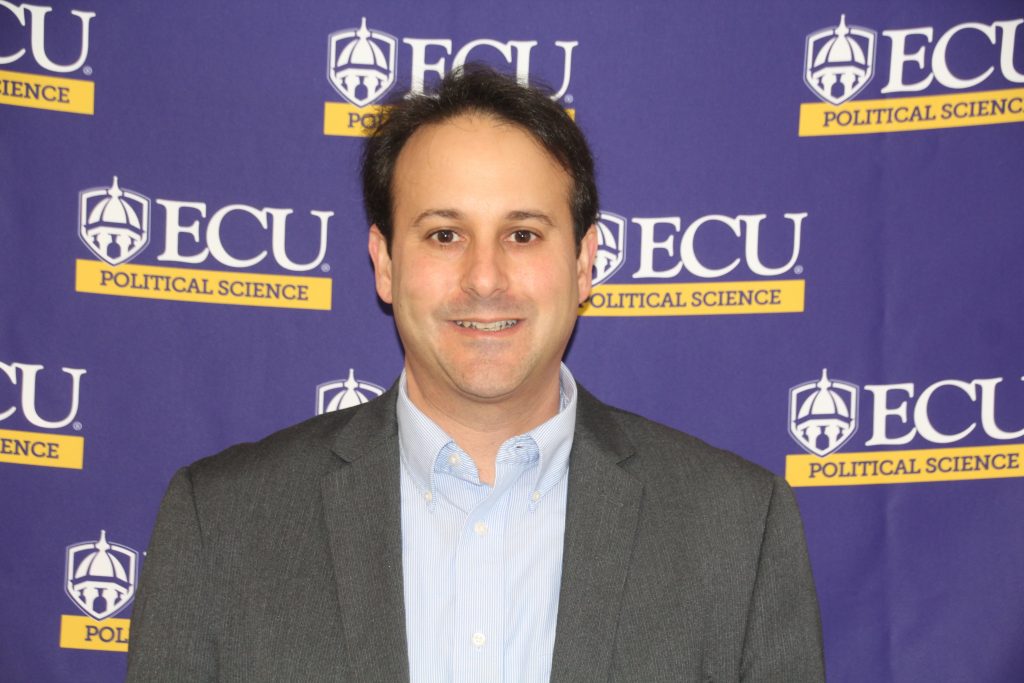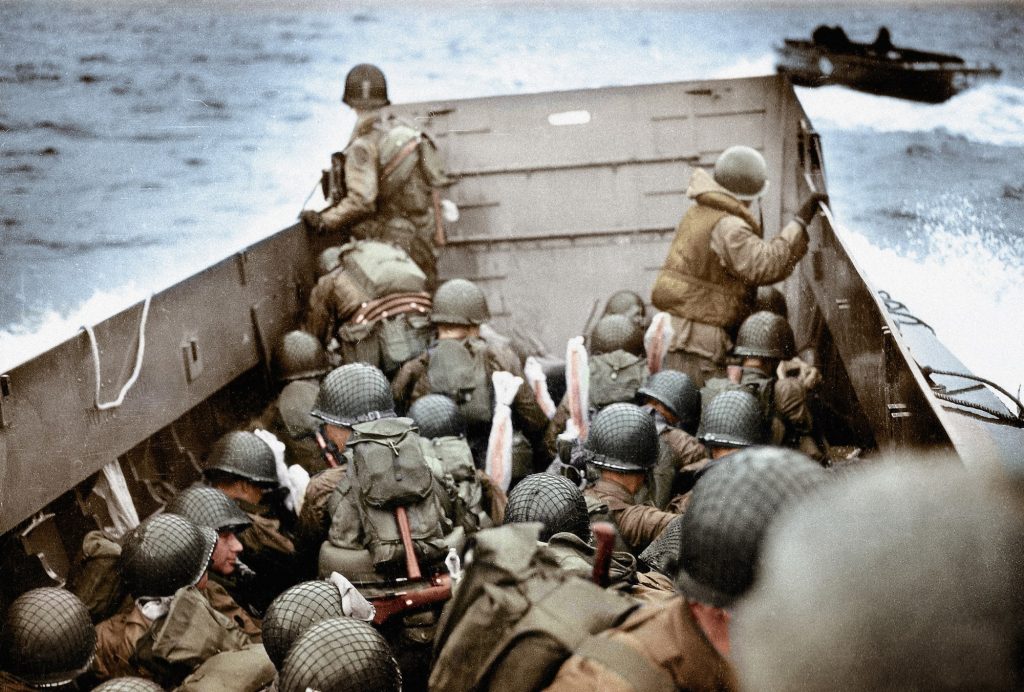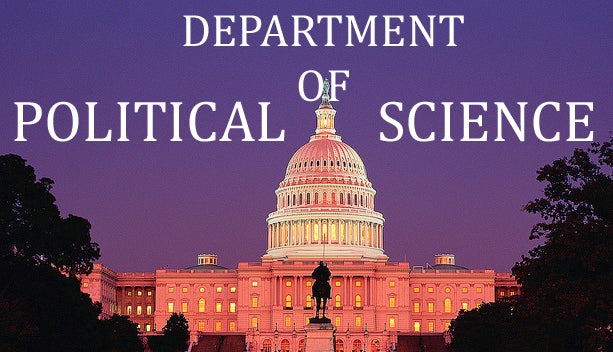Casey Fleming is an assistant professor in the Department of Political Science at East Carolina University. He earned a Ph.D. in public administration from North Carolina State University (2016) following ten years of professional service in state and local government. His current research focuses on workplace rules and rule breaking; the effects of bureaucratization on public employee behavior and attitudes; and local government partnerships. His research has been published in public administration journals such as Public Administration Review, Public Management Review, and Public Integrity.
Dr. Fleming teaches classes in the Master of Public Administration (MPA) program, including Politics and Management in Public Agencies, Human Resource Management in Public Agencies, Management of Nonprofit Organizations, and Productivity in the Public Sector. Outside of researching and teaching, Fleming spends any free time he gets completing home improvement projects, watching college sports, and wrangling his Jack Russell Terriers.

